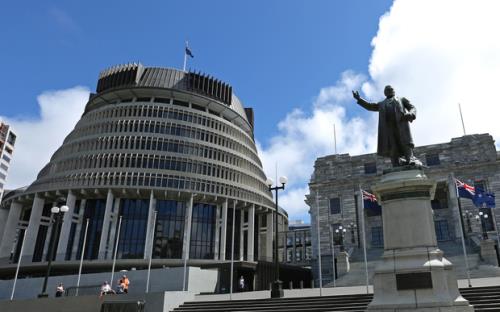ChatGPT creates a recruitment risk?
- David Burton
- Blog
Business leaders, HR professionals and recruitment consultants are going to have to get their heads around ChatGPT and other Artificial Intelligence (AI) equivalents when it comes to recruitment.
are going to have to get their heads around ChatGPT and other Artificial Intelligence (AI) equivalents when it comes to recruitment.
Businesses are all looking for the best candidates to fill their vacancies. They look at qualifications and experience and other skills such as communications or analytical ability. Curriculum Vitaes are scanned for errors that could indicate a lack of attention to detail or poor understanding of grammar or English. Superficial choices are often made on the basis of CVs.
AI is rapidly gathering pace, as are users of AI. The online tools can answer any question articulately with human-like responses. It is highly likely that ChatGPT is already being used to create CVs or is assisting with pre-employment assessments.
ChatGPT and equivalents can assist in creating slick looking CVs tailormade to the job that is being applied for. There goes the old-fashioned assessment when doing a first cut of CVs received by employers.
Michael Witbrock is a Professor in the School of Computer Science at Auckland University. He says we should be prepared for artificial intelligence that is like "google on steroids".
Our schools and universities are not sure what to do with ChatGPT and the like. But all our universities have now introduced software that can detect the use of AI tools such as ChatGPT.
It is understood that all eight New Zealand universities use Turnitin which claims that it can now spot AI-generated material with 98 percent accuracy. Turnitin regional vice-president for the Asia Pacific, James Thorley, said the software estimated what percentage of a text was written by AI and highlighted the offending sentences. Mr Thorley said AI-generated work was harder to detect than other types of cheating.
The battle will be on as to how long it will be effective as AI continues to improve, as do students who know sophisticated ways of using the tools.
It seems to be relatively easy for people to get chatbots to produce misinformation. A recent study by the Center for Countering Digital Hate found that researchers induced Google’s equivalent “Bard”, to produce wrong or hateful information 78 out of 100 times, on topics ranging from the Holocaust to climate change. No doubt AI will be able to produce convincing misinformation about education qualifications or job experience for CVs.
Employers are not without legal recourse. An employer is entitled to dismiss an employee for misrepresentations in an employee’s CV if the employer can show that the misrepresentations have caused the employer to lose its trust and confidence in the employee. It may also amount to a crime.
Way before AI was on the horizon, Maori Television dismissed its then Chief Executive, John Davy, for serious misconduct in 2002. The then Chairman, Derek Fox, said that the Board had received information indicating that Mr Davy had provided false information about his background. The Board moved immediately to suspend Mr Davy pending further investigations, and for which it subsequently dismissed Mr Davy.
Mr Davy later pleaded guilty to one charge of using a document, his CV, to obtain a benefit or privilege; namely a senior appointment with Maori Television. Even though Mr Davy received a substantial sentence of 8 months imprisonment, it is understood that the cost to Moari Television of employing Mr Davy was $82,000 including a salary advance and airfares.
In a similar case, in Dixon v Southern Community Laboratories, Mr Dixon applied for the job of Chief Executive of SCL. It was made clear to him that it was seeking someone with a “successful business track record”. Mr Dixon failed to tell SCL that he had been Managing Director of a failed company. The Employment Tribunal found that Mr Dixon’s misrepresentation amounted to serious misconduct and that the Board was justified in dismissing him.
ChatGPT and their equivalents mean that employers and any consultants used in recruitment are going to have to be even more diligent. Detailed reference checks go without saying. Detailed scrutiny of qualifications and background checks may become more common. The use of online assessment tools may need to be reconsidered given the manipulation AI may assist with.
If employers fail to do their due diligence and make poor recruitment choices they may face significant costs as a result. There may be significant costs related to employment investigations and disciplinary processes. There are likely to be significant costs relating to a failed recruitment and subsequent recruitment. Of course, there is the cost to the business of not having the person it thought they were hiring in the job. Read more






